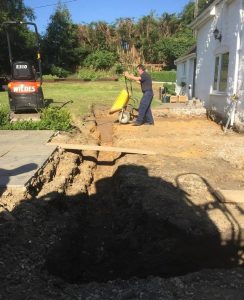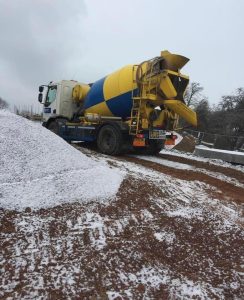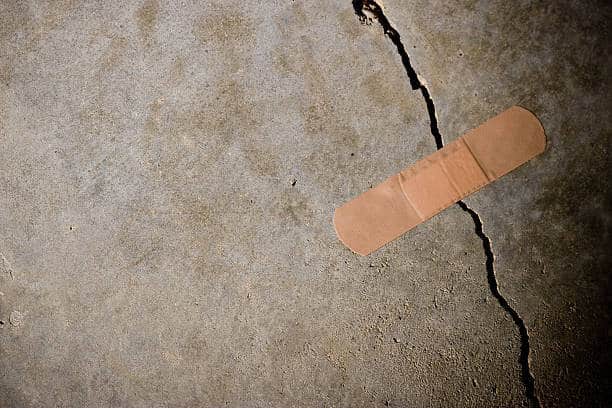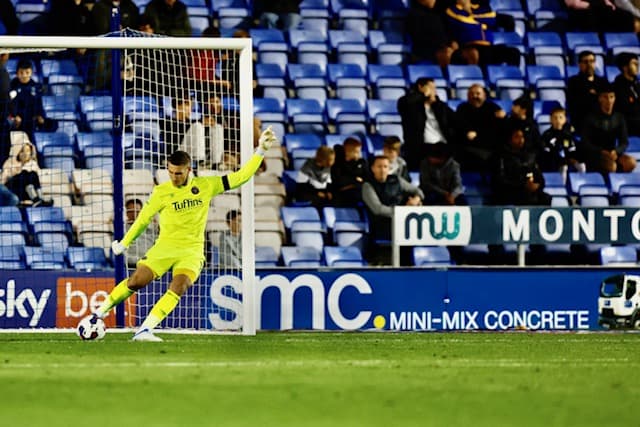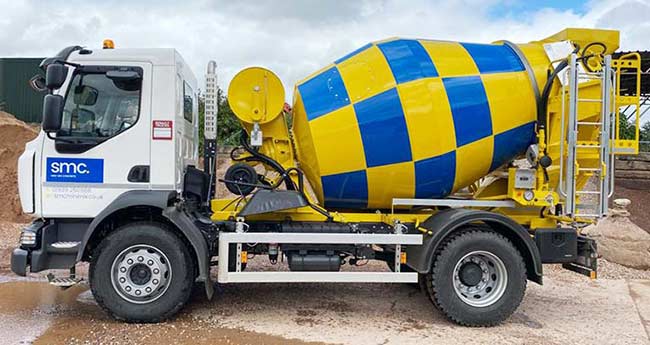Hot Weather
Hot weather accelerates the cement hydration reaction and increases the water demand and rate of slump loss of a given concrete mixture. As a result, it is often more difficult to properly adjust mixture proportions, deliver, place, consolidate, and finish concrete during hot weather.
Cold Weather
Concrete in cold weather is recommended to have a low slump, and minimal water to cement ratio, to reduce bleeding and decreases setting time. Use concrete curing blankets to prevent freezing and keep the concrete at an optimal curing temperature.
Rainy Weather
Pouring Concrete in Rain. … Pouring concrete in the rain can compromise its strength, increasing the tendency for dusting and scaling to develop. Once the damage is done, it can be hard to rectify and will often ruin the appearance of the finished surface. Don’t let it rain on your parade.
Snow and icy weather
Snow and ice affect the physical composition of concrete. You might notice cracks forming in the concrete, no matter what surface it may be. When concrete starts to flake, bubble, or chipping away, these are damages known in the industry alternatively as spalling and scaling.
